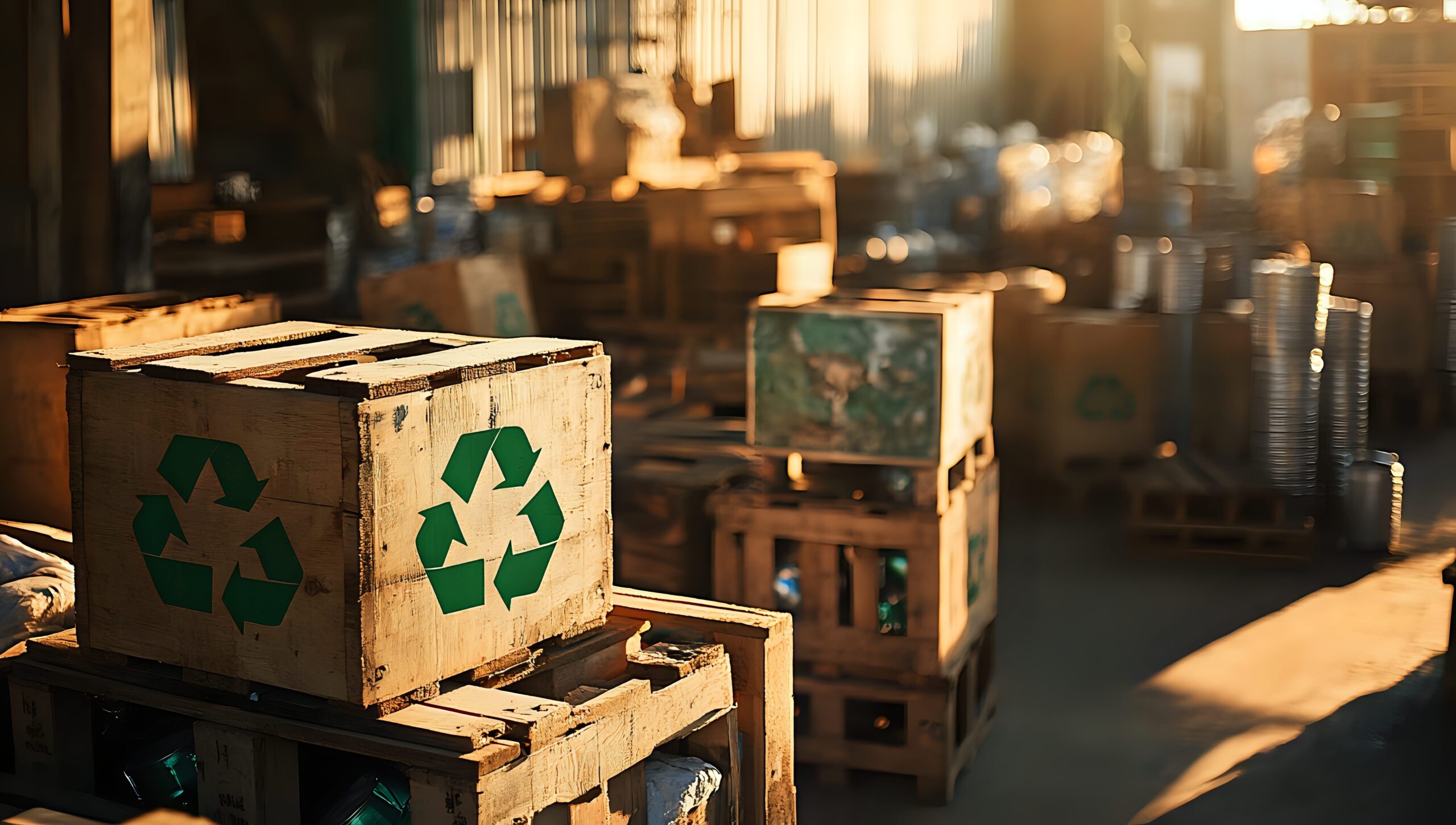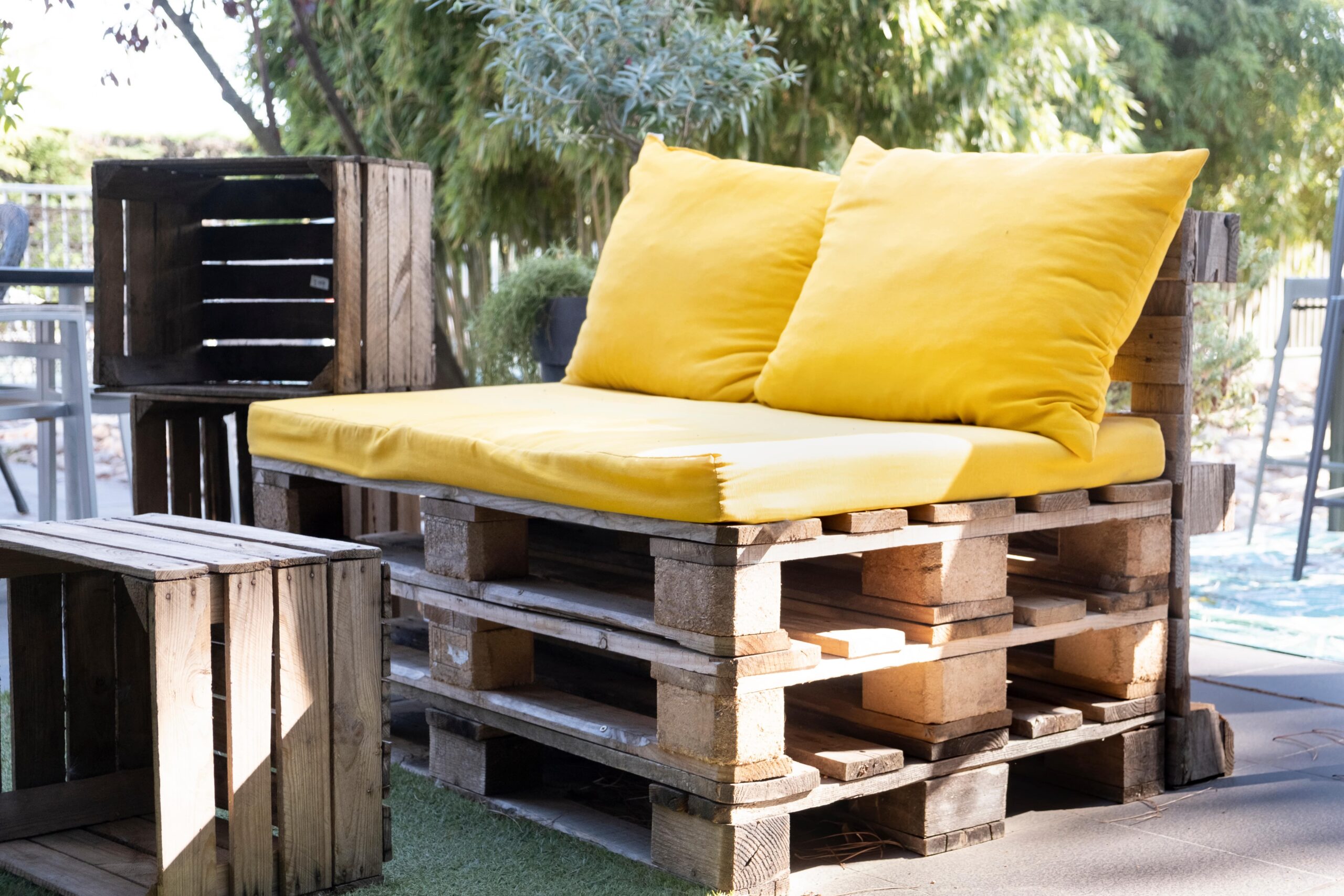Understanding the 4 Rs of Packaging

In August, the Australian Packaging Covenant Organisation (APCO) revealed its 2030 Strategic Plan for cutting packaging waste. Under the plan, businesses and other end users will be held more accountable for the environmental impact their packaging supplies exert.
Created amid the packaging industry admitting that it’s unlikely to meet the 2025 National Packaging Targets, APCO’s new strategy hinges on four major strategies:
- Designing new packaging for reduction, reuse and recovery
- Utilising the packaging’s sustainability features by end users
- Implementing sustainability systems for all kinds of packaging
- Ensuring the demand for the new packaging meets supply
While the deadline is still over five years away (as of this writing), now’s as good a time as any to discuss eco-friendly practices in using packaging supplies in Melbourne. A lack of significant action has caused the previous strategy to fall short of its goals, so it’s crucial that end users are made aware of this one – starting with the 4 Rs of waste management.
First R: Reduce
Australia has a major packaging waste problem. A report published by the Department of Climate Change, Energy, the Environment and Water (DCCEEW) last year stated that 44% of the 6.74 million tonnes of packaging on market (POM) in FY 2020-21 went to Australia’s landfills, equivalent to 2.2 million tonnes of greenhouse gas emissions.
While the figure is only a drop in the bucket in the roughly 400 million tonnes Australia produced during the same fiscal year, it’s no less worth lowering. For comparison, it’s the equivalent of over 700,000 cars’ worth of greenhouse gases emitted annually. As Australians are less likely to give up driving anytime soon, reducing packaging emissions is the next best thing.
This involves ordering less packaging and maximising the use of the sustainable packaging materials on hand. Custom packaging designs are one way to do this, crafting boxes and crates that suit the end user’s unique storage and transport needs with as few of them as possible.
Second R: Reuse
Plastic and timber are the most commonly harnessed packaging materials in the industry. Apart from their reliability and cost-effectiveness, they can be used dozens of times before being rendered unusable by cumulative wear and tear.
Reusability is a key quality for modern, environmentally friendly packaging solutions for several reasons. For one, it reduces the demand for new single use packaging supplies, which leads to reduced demand for raw materials like fossil fuels and trees. It also benefits businesses, as a lower demand for new packaging supplies means lower expenses.
Reusable and recyclable packaging was one of the National Packaging Targets for 2025, in which 100% of POM should have such qualities by the deadline. It’s too early to determine whether APCO’s new strategy can still achieve this goal by the new deadline, but preferring reusable boxes and crates is a good start.
Third R: Recycle

A box or crate reaching the end of its service life doesn’t mark the end of its usefulness, as you can repurpose it. A little human creativity goes a long way in repurposing them into new products, whether or not related to the business.
There are two ways to achieve this, the first being recycling. You can opt to send packaging supplies to a recycling facility where others can more effectively use them or, with the right ideas and tools, dismantle and reassemble them into an entirely different item. Old pallets can be broken down should you need timber for property works.
The second is upcycling, in which the packaging supplies retain their form but serve a new purpose. The image above is an example, featuring a stack of three timber pallets for an elevated outdoor seat and crates turned on their sides as a makeshift table and shelves. The possibilities are endless.
Recycling is a good way to keep packaging supplies out of landfills for a longer period, if not indefinitely. Although wood only constituted less than a tenth of POM in FY 2020-21, nearly half a million tonnes either end up in landfills or can’t be recycled. Every ton of recyclable materials not in a landfill is every ton of space available for waste materials that need to be in one (e.g., asbestos).
Fourth R: Recover
When packaging supplies have degraded to the point that reducing, reusing, and recycling isn’t feasible, recovery or turning them into energy is the only option left. Examples include burning the timber for fuel or grinding it down for mulch. No trace of the packaging item will be left, but at least it doesn’t fill up a landfill.
Conclusion
Businesses and other end users should expect authorities to be more scrutinous of how they harness packaging solutions in the following years. Each is duty-bound to contribute to the country’s environmental welfare, even if the contribution is as minor as using far fewer packaging supplies and making the most out of them.


